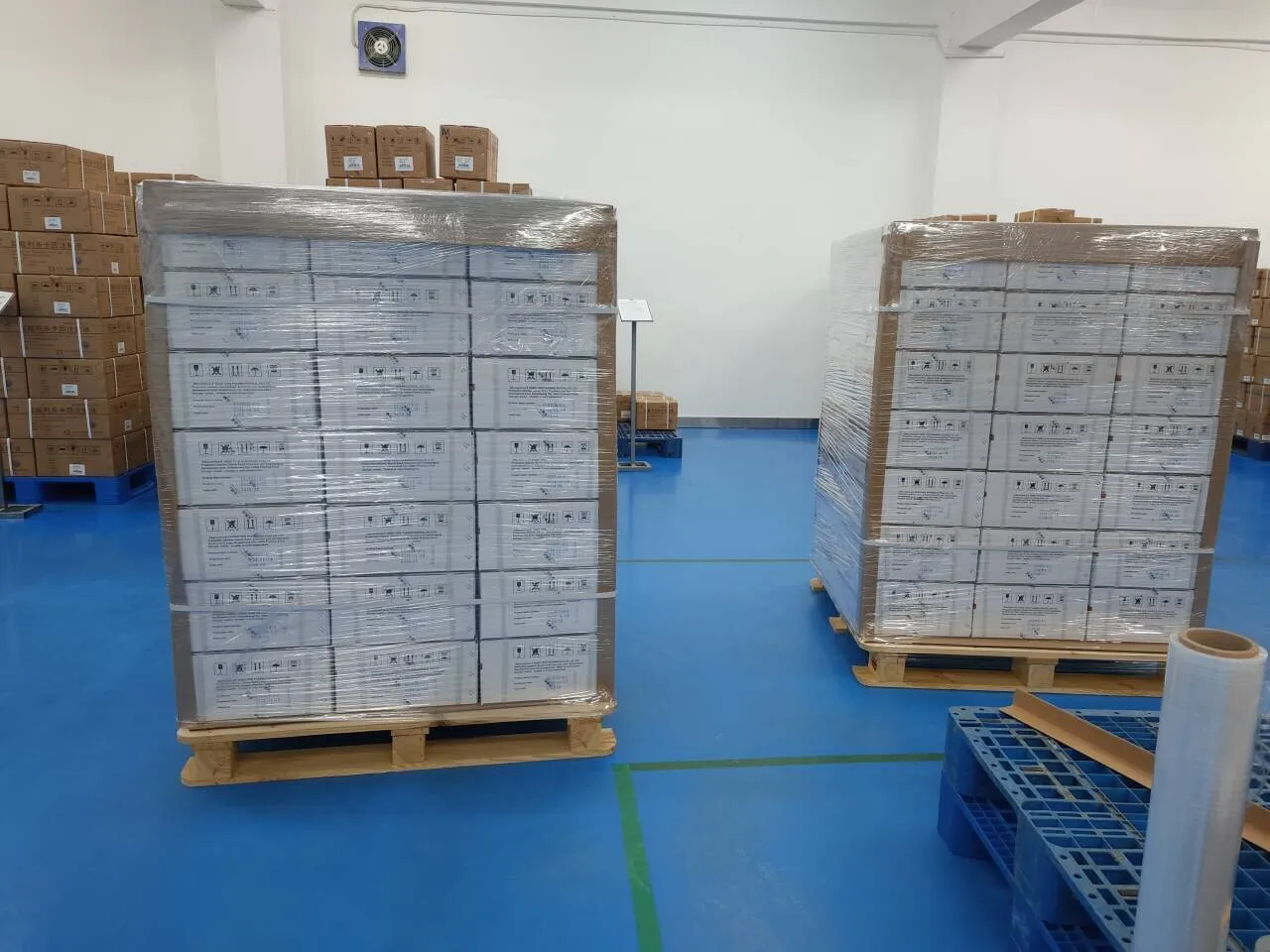Chemical Water Purification Methods Ensuring Safe Drinking Water
Water is an essential resource for all forms of life, yet access to clean and safe drinking water remains a challenge in many parts of the world. Various methods have been developed to purify water, ensuring that harmful contaminants are removed and that it is safe for consumption. Among these methods, chemical water purification techniques play a pivotal role. This article explores some of the key chemical methods used in water purification, their mechanisms, advantages, and applications.
Coagulation and Flocculation
One of the primary chemical methods employed in water purification is coagulation and flocculation. This process involves the addition of chemical coagulants, such as alum (aluminum sulfate), to the water. These coagulants help destabilize suspended particles and bacteria in the water, allowing them to clump together into larger aggregates, known as flocs. Once flocculation occurs, these larger particles can be easily removed through sedimentation or filtration.
Coagulation is particularly effective in treating turbid water, as it reduces the concentration of suspended solids and pathogens. The process is widely used in municipal water treatment facilities, making it an essential step in providing clean drinking water.
Disinfection
Disinfection is another crucial chemical method used to kill or inactivate harmful microorganisms in water. Common chemical disinfectants include chlorine, chloramine, ozone, and hydrogen peroxide. Chlorination, for instance, has been a widely adopted practice in water treatment for over a century. When chlorine is added to water, it reacts with organic matter and pathogens, effectively eliminating bacteria, viruses, and other microorganisms.
Though effective, chlorination does have some drawbacks, such as the formation of harmful disinfection by-products (DBPs) when chlorine reacts with organic materials. To mitigate this issue, many water treatment facilities have turned to alternative disinfectants such as ozone and ultraviolet (UV) light, which do not form DBPs and offer a more environmentally friendly solution.
chemical water purification methods

pH Adjustment
Another important chemical treatment is pH adjustment, which involves modifying the acidity or alkalinity of water using acids or bases. The optimal pH range for drinking water is generally between 6.5 and 8.5. If water is too acidic or basic, it can lead to corrosion of plumbing systems or hinder the effectiveness of other purification processes.
Chemical agents such as sodium hydroxide (for increasing pH) or sulfuric acid (for decreasing pH) are commonly used to adjust water's pH levels. Maintaining the appropriate pH is crucial for ensuring that other treatment processes, such as coagulation and disinfection, function effectively.
Oxidation and Reduction
Oxidation and reduction reactions are also frequently employed in chemical water purification. These processes can help remove contaminants such as iron, manganese, and hydrogen sulfide from water. For instance, potassium permanganate can be used as an oxidizing agent to convert dissolved iron into insoluble forms that can be removed through filtration.
Advanced oxidation processes (AOPs) use strong oxidants, such as ozone or hydrogen peroxide, in combination with UV light to break down organic pollutants and micropollutants in water. AOPs are gaining popularity for their ability to treat challenging contaminants that are resistant to conventional treatments.
Conclusion
Chemical water purification methods are indispensable in ensuring the safety and quality of drinking water. By employing techniques such as coagulation, disinfection, pH adjustment, and oxidation, municipalities and industries can effectively remove contaminants from water sources. As global water scarcity and contamination issues persist, ongoing research and innovation in chemical purification methods will be essential to meet the growing demand for clean and safe water. The continued development of these technologies holds promise for providing access to sustainable and safe drinking water for communities around the world.

